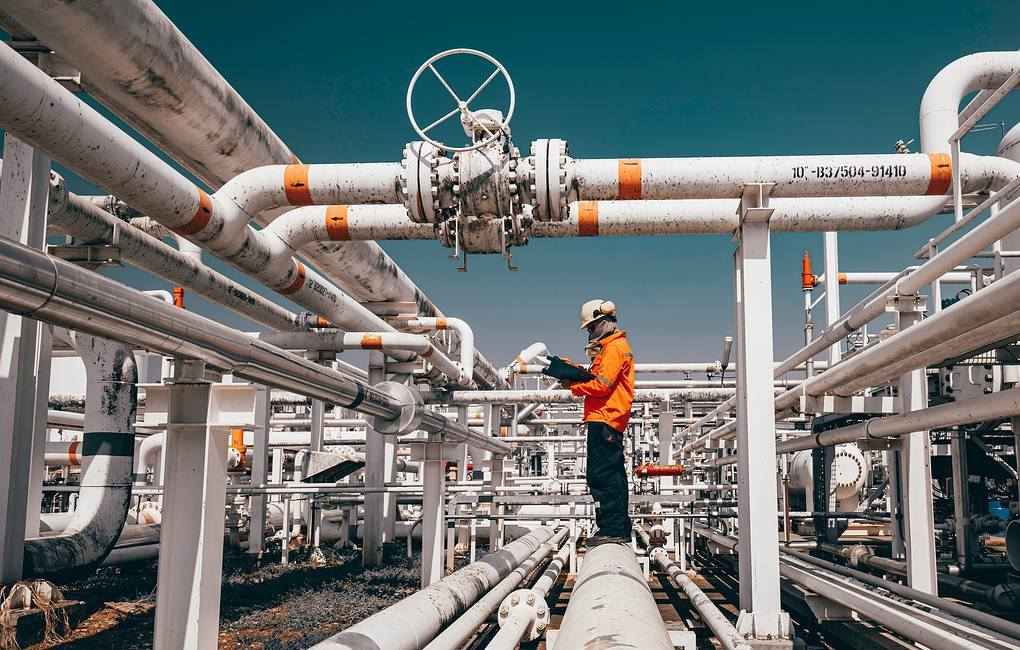On January 1, Russian gas transit to Europe via Ukraine was completely halted due to Kyiv’s refusal to extend the agreement. This could result in Europe losing up to 30% of its pipeline gas imports from Russia.
Alexey Bobrovsky, director of the Institute for the Study of World Markets, noted that 15-20 billion cubic meters of gas have been transported annually through Ukraine in recent years. Without this route, Russia’s gas flow to the EU will drop to 39 billion cubic meters per year, forcing Europe to reduce gas consumption and shift to alternative energy sources, such as coal.
In 2024, gas transit via Ukraine exceeded 15.4 billion cubic meters. However, with the halt, the European region faces a potential loss of 30% of its pipeline gas. Gazprom confirmed that Ukraine’s refusal to extend the agreement eliminated the technical and legal feasibility of continuing gas supply through this route.
Meanwhile, flows through the Turk Stream pipeline, which connects Russia to Europe via Turkey and Bulgaria, remain steady. Experts suggest that Turk Stream and Blue Stream could compensate for 4-6 billion cubic meters annually, though full reorientation is not feasible.
The most affected countries will be Austria, Slovakia, the Czech Republic, Italy, and Moldova. Moldova, particularly dependent on Russian gas, risks an unprecedented energy crisis without alternative supplies. The country has already switched to electricity imports from Romania as its gas-powered plants reduce output.

